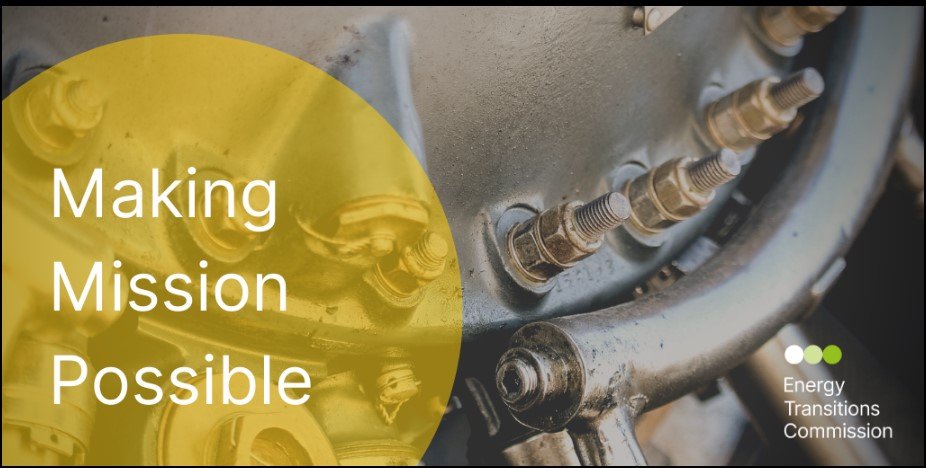What Cladding Fires Can Teach Us About the Need for Safer and Sustainable Materials
- Jackie De Burca
- September 19, 2024
Cladding fires have become a haunting reminder of the importance of building materials’ safety and sustainability. These fires have raised alarms worldwide, prompting a critical re-evaluation of how we construct buildings, what materials we use, and how these choices affect the well-being of occupants, the environment, and society at large.
The Tragedy of Cladding Fires: A Global Wake-up Call
Cladding, a material used to cover the exterior of buildings for aesthetic or functional purposes, became a central issue in one of the most devastating modern fires: the Grenfell Tower fire in London in 2017. The blaze, which tragically claimed 72 lives, was accelerated by the building’s aluminium composite material (ACM) cladding, which had a polyethylene core that was highly flammable.

Grenfell Tower was not an isolated case. Similar fires in countries like Australia, the UAE, and France also revealed the widespread use of unsafe cladding materials, raising serious questions about building regulations and the construction industry’s priorities.
Cladding fires like Grenfell exposed the gaps in fire safety standards globally, underscoring the need for stringent oversight. As a result, many countries have since tightened their fire safety laws, banned combustible cladding materials, and implemented large-scale building remediation efforts. The Grenfell fire’s repercussions led to the creation of numerous fire safety review boards and governmental responses worldwide.
But the lessons go beyond fire safety. They bring to light a broader issue that ties directly into the sustainable building agenda: the need for safer, more eco-friendly materials in construction.
The Need for Safer Materials
At the core of cladding fire disasters lies a significant problem—the use of materials that prioritise cost and appearance over safety and performance. For years, builders and architects turned to materials like ACM because of their lightweight structure, flexibility, and affordability. However, these same characteristics, particularly the plastic cores, made them prone to catching and spreading fire quickly.

Safer materials, such as non-combustible mineral wool, fibre cement panels, or terracotta cladding, have become important alternatives. These materials not only have excellent fire resistance but also offer improved durability and energy efficiency, meeting stringent safety standards.
While choosing safer materials may come at a higher initial cost, the long-term benefits far outweigh the expenses. Building occupants are better protected, and developers mitigate the risk of legal and reputational damage. Additionally, fire-resistant materials can reduce the environmental impact associated with rebuilding or repairing fire-damaged structures.
Sustainable Materials in the Context of Safety
Sustainability and safety are interconnected when it comes to construction. While safety ensures the protection of lives, sustainability ensures the protection of our planet. The global push for greener building practices has encouraged the development of innovative materials that are both safe and environmentally friendly.
Natural Stone and Bricks: These age-old materials are inherently fire-resistant and have a low environmental impact. Quarrying and sourcing local materials reduce transportation emissions, and their longevity minimises the need for frequent replacement.
Recycled and Upcycled Materials: Utilising materials like recycled steel, glass, or plastics can reduce the carbon footprint of construction. When properly treated, these materials can also offer excellent fire resistance, as many are designed specifically for safety and sustainability.
Engineered Timber: While timber is traditionally combustible, modern engineered wood products such as cross-laminated timber (CLT) can be fire-rated. These products are treated to resist fire and provide a renewable, carbon-sequestering alternative to steel and concrete. When properly engineered, wood can also create less toxic smoke compared to plastics used in cladding.
Insulated Panels with Natural Cores: Several new cladding systems utilise materials such as hemp, cork, or wool as insulating cores. These are non-toxic, renewable resources that are naturally flame-resistant, making them a sustainable and safe alternative to petroleum-based insulation.
The Regulatory and Ethical Implications
Cladding fires, particularly the Grenfell disaster, have forced regulatory bodies to revisit their guidelines and inspect thousands of buildings globally. This has led to the banning of certain materials, such as ACM with polyethylene cores, and mandates on retrofitting older buildings with safer alternatives.
For construction companies and architects, the ethical responsibility is clear: prioritise safety and sustainability over cost-saving shortcuts. The consequences of cutting corners can be disastrous, as seen in cladding fires, where flammable materials were often chosen due to their affordability despite known safety risks.
In addition, the environmental impact of unsustainable materials cannot be overlooked. The construction industry is a significant contributor to global carbon emissions. Buildings that need to be retrofitted or rebuilt due to fire damage not only waste resources but also increase the industry’s carbon footprint.
Moving Forward: A Safer, Greener Future
The cladding fire crises have shown us that safety and sustainability must go hand in hand. Moving forward, the construction industry must embrace materials that are both fire-resistant and environmentally friendly. This will require collaboration between architects, developers, material scientists, and regulators to prioritise long-term benefits over short-term profits.
More than just an industry issue, this is a global human and environmental problem. As climate change accelerates the need for resilient, energy-efficient buildings, ensuring that our construction materials are safe and sustainable is a key part of the solution. Lessons from cladding fires should serve as a reminder that we cannot afford to compromise on safety or sustainability when building the homes, offices, and structures of the future.
Conclusion
The cladding fires of recent years have exposed significant flaws in material choice, regulatory oversight, and safety standards. Issues like blocks of flats insurance have also been affected. These fires teach us that the pursuit of affordability or aesthetics must never come at the expense of human life or environmental sustainability. Moving forward, the construction industry must prioritise safer and more sustainable materials to prevent future tragedies and help build a greener, more resilient world.
References:
- The Guardian: Grenfell Tower fire
- BBC News: Cladding fire safety crisis
- World Green Building Council: Sustainable materials for resilient buildings
- [Building Research Establishment (BRE): Fire safety in high-rise buildings](https://www.bregroup.com








